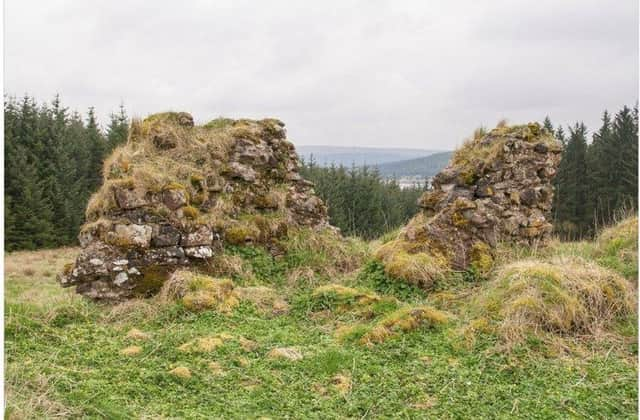The River Carron is small but perfectly formed for playing a big role in Falkirk's history – Ian Scott


Writing in 1777 the historian William Nimmo said: “The stream is but small, and scarce deserves the notice of a traveller; yet there is no river in Scotland whose banks have been the stage of so many memorable transactions.” The river begins its journey near the fringe of the Campsie Fells on the slopes of the Meikle Bin and soon enters the great artificial loch at Carron Valley opened in 1939 to supply water to the growing Falkirk district. Over 900 acres of land were flooded to create a reservoir holding 3,000 million gallons of water held back by a great dam wall. Many farms and buildings disappeared beneath the three-mile reservoir including the fantastically named ‘Slachristock’ along with the ancient drove roads where tens of thousands of black cattle from the west Highlands were driven to the great Falkirk trysts. Beyond the dam the river runs for a couple of miles eastwards through Strathcarron. This is the place of legends which tell of the invading Romans facing the local tribes when the Carron ran red with blood for many miles. Pict, Scot, Briton and Angle fought here through the Dark Ages for supremacy in what was said to be the birth crucible of the Scottish nation.
The river also has links to much later armed struggles. Just north of the reservoir are the remains of Dundaff, the castle of Sir John de Graeme the “gallant friend of the immortal Wallace” who fought and died beside the great hero at Falkirk in 1298. Near the east end of the reservoir is Duncarron Fort, a modern creation, offering visitors the chance to experience the sights, sounds and smells of a medieval settlement. Much further downstream a little chapel once stood on the banks of the river near the Hills of Dunipace where Wallace’s uncle was the priest, and not far away the Dunipace Steps allowed travellers to ford the river, like the army of Bonnie Prince Charlie in 1746. They were guided by the local laird Sir Archibald Primrose, who for his reward lost his head in the aftermath of the failed Rising
Advertisement
Hide AdAdvertisement
Hide AdAs the river descends it gains power which for centuries drove the corn mills of the local farmers and later a number of woollen mills producing tartans and shawls. As tastes changed a new activity, paper making, became the staple industry of the twin settlements of Denny and Dunipace on either side of the river. The soft Carron water and the power of the river brought prosperity to a number of mills of which Carrongrove became the most famous and longest lasting. Sadly it closed its doors in 2005. Across the road stands Strathcarron Hospice, once known as Randolph Hill, the former home of the manager of the paper mill. Today it is probably the best loved and most cherished institution in the whole of central Scotland.
Next week I’ll look at the stretch of the river from Larbert to Carronshore including the mighty iron works that bears its name.
Comment Guidelines
National World encourages reader discussion on our stories. User feedback, insights and back-and-forth exchanges add a rich layer of context to reporting. Please review our Community Guidelines before commenting.